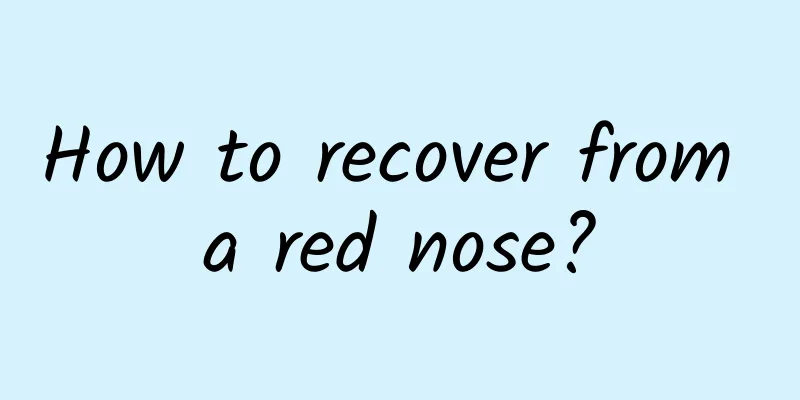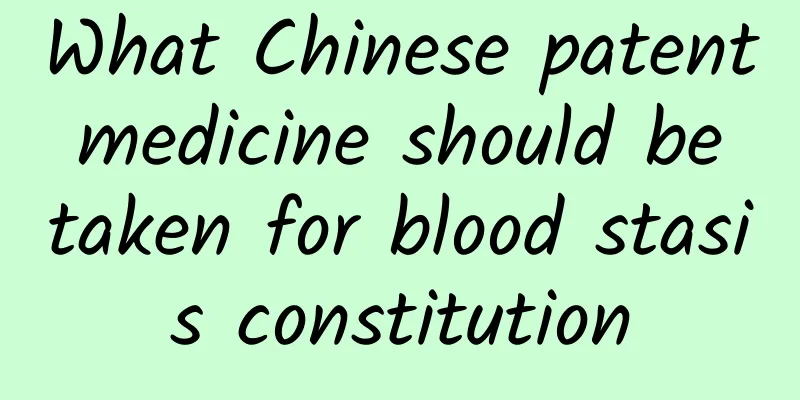How to treat contact dermatitis

|
When it comes to contact dermatitis, many friends don’t know much about it. Contact dermatitis is a type of skin disease. It is mainly because of contact with some exogenous substances, which causes redness and swelling of the skin, and even papules and other phenomena and symptoms. In addition, in severe cases, the skin may also erode, etc. Therefore, this type of disease needs to be treated in time. So how do you treat contact dermatitis? In fact, contact dermatitis is relatively complicated. In addition to finding out the causes and substances of allergies in a timely manner, you should also try to avoid contact with the stimulation of these allergens. Below I will give you a detailed introduction on how to best treat contact dermatitis. Contact dermatitis is an inflammatory reaction that occurs at the contact site or even outside the contact site after the skin or mucous membrane comes into contact with exogenous substances once or multiple times. It manifests as erythema, swelling, papules, blisters and even bullae. Causes The causes of the disease can be divided into two types: primary stimulation and allergic reaction. ①Primary irritant contact dermatitis. ②Allergic contact dermatitis. There are many substances that can cause contact dermatitis, mainly animal, plant and chemical. Clinical manifestations The manifestations of dermatitis are generally non-specific. Due to different contact objects, contact methods and individual reactions, the form, scope and severity of dermatitis are also different. In mild cases, local erythema appears, ranging from light red to bright red, with slight edema, or dense needle-sized papules. In severe cases, erythema and swelling are obvious, and there are many papules and blisters on this basis. Bullae may occur when the inflammation is severe. When blisters rupture, there will be erosion, exudation and crusting. How to treat contact dermatitis 1. Find the cause of the allergy: take a detailed medical history, carefully inquire about the environment related to the onset of the disease, the type, quantity, physical and chemical properties of the substances contacted, the length of contact time, the method of contact, whether there have been similar rashes in the past, etc. Once the cause of the allergy is found, try to avoid further exposure. 2. Avoid irritation: If clinical symptoms occur, local irritation should be minimized. Avoid scratching, do not wash with hot water, and avoid strong sunlight or hot air stimulation. 3. Systemic treatment: oral antihistamines, such as cyproheptadine, diphenhydramine, chlorpheniramine, acrivastine, cetirizine, mizolastine, ebastine, desloratadine, etc.; large doses of vitamin C taken orally or intravenously; 10% calcium gluconate injection, intravenous push. If the area is extensive and the erosion and exudation are severe, glucocorticoids can be given. For severe cases, hydrocortisone or dexamethasone can be given intravenously first, and then maintained orally after the symptoms are alleviated. 4. Local treatment Local treatment is very important and should be treated according to clinical manifestations. (1) Acute stage: For those with erythema and papules as the main symptoms, use lotion, cream or ointment. Such as calamine lotion, oscillating lotion, triamcinolone acetonide cream, clofosinate cream, and Fuqing cream, etc. You can also use ointments containing pine distillate oil, bran distillate oil, and zinc oxide for external application. If there is obvious redness and swelling, accompanied by blisters, erosion and exudation, open cold wet compresses can be applied. (2) In the subacute or chronic stage, creams and ointments are mainly used externally. Corticosteroid ointments, pine oil ointment, black bean ointment, zinc oxide ointment, etc. can be used. Regarding how to treat contact dermatitis, experts tell us that finding out the cause of the allergy is the first important step. In addition, corresponding treatment is needed through medication. In addition, if the condition is serious, different methods of local treatment are needed. Therefore, contact dermatitis should be treated promptly in the early stages of the disease, otherwise it will only worsen the condition and even endanger our health. |
<<: What to do if your shoulder hurts
>>: Treatment of cervical spondylosis
Recommend
What to do if you have insomnia and loss of appetite? Find the cause in time
Many people suffer from insomnia, which has a gre...
What are the effects and functions of Eclipta prostrata
What are the effects and functions of Eclipta pro...
What are white granulations on the genitals?
If white granulations grow on the genitals, you s...
What kind of conditions can cause emphysema?
Emphysema is a common lung disease in the human b...
Can I use vinegar to wash my vulva for itching?
The vulva is a reproductive organ unique to women...
Menstruation came but no bleeding
When the menstrual period was supposed to come, i...
Can pregnant women use tea-leaf pillows?
Pregnant women can also use tea pillows. We know ...
How to treat keloid scars
Everyone hopes to have smooth and delicate skin, ...
Side effects of Jingshu granules
Jingshu Granules are used to treat the symptoms o...
Which is better, Xanax or Paracetamol?
It is very common for babies to catch colds and f...
Causes of lung nodules
I wonder if you have heard of pulmonary sarcoidos...
Cupping and bloodletting on the face to treat acne
When dealing with acne, people generally choose ge...
Is vulvar itching contagious?
Vulvar itching is actually a common symptom, and ...
Men who can't have children are all suffering from this disease
Traditional Chinese medicine is the quintessence ...
What are the effects and functions of nard
Nardostachys grandiflora, also known as fragrant ...









